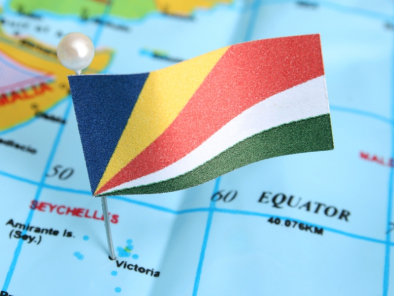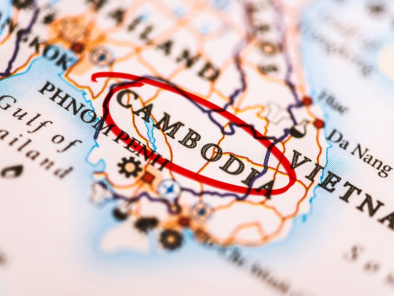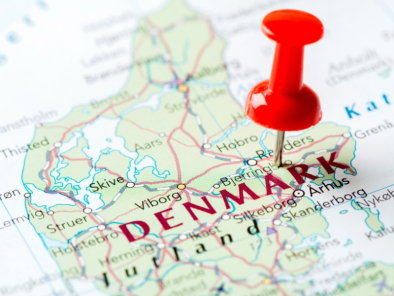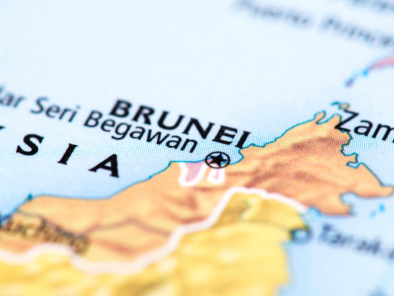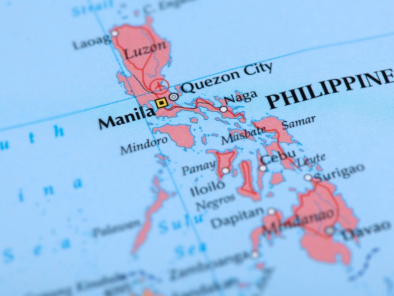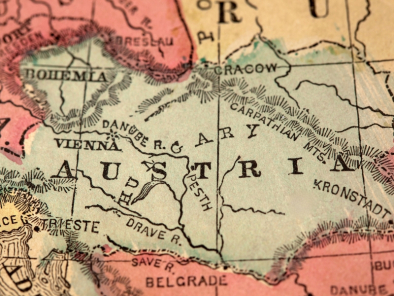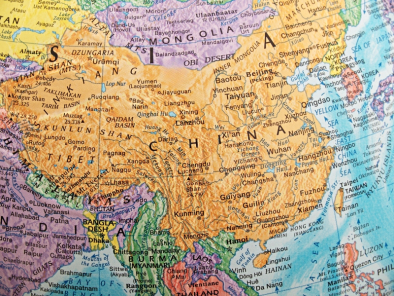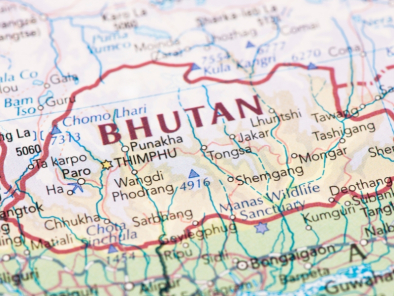
Posted by: Leo travel hub
Bhutan,
the Land of the Thunder Dragon, is a unique Himalayan kingdom known for its
pristine landscapes, rich Buddhist culture, and commitment to Gross National
Happiness. To ensure a seamless and enriching trip, here’s a comprehensive
guide covering currency, power sockets, local cities and attractions, clothing,
visa requirements, and other important points.
Currency
- Official
Currency: Bhutanese Ngultrum (BTN or Nu), pegged 1:1
to the Indian Rupee (INR).
- Widely
Accepted: Indian Rupees are legal tender, but
denominations above INR 100 (e.g., INR 500 or 2000) may not be accepted in
some places. Avoid INR 2000 notes, as they are not valid in Bhutan.
- Cash
Recommendations:
- Carry
small denominations (INR 10, 50, 100, or equivalent BTN) for temples,
markets, and small shops.
- US
Dollars are accepted in some hotels but exchange them for BTN in major
cities like Thimphu or Paro.
- Maximum
cash limits: Indian citizens can carry up to INR 25,000; foreigners can
carry up to USD 10,000, with amounts exceeding this requiring
declaration.
- Payment
Options:
- Credit
cards (Visa, Mastercard) are accepted in major hotels and handicraft
shops in Thimphu and Paro but may incur a 5% fee. Small shops rarely
accept cards.
- ATMs
are available in major cities (Thimphu, Paro, Punakha) but scarce in
rural areas. Cash withdrawals are fee-free, but system outages are
common.
- Point
of Sale (POS) services are available in urban areas, but carry cash for
remote regions.
- Exchange:
Banks (e.g., Bank of Bhutan, Bhutan National Bank) and larger hotels in
Thimphu and Paro offer currency exchange. Avoid exchanging BTN outside
Bhutan, as it’s not convertible internationally.
- Tip:
Spend all BTN before leaving, as it’s unusable outside Bhutan. Keep a few
notes as souvenirs.
Power Sockets
- Voltage:
220–240 volts, 50 Hz.
- Socket
Types:
Round hole two-pin and three-pin (Type D, F, and G, similar to India).
- Recommendations:
- Bring
a universal adapter or flat-to-round pin converter, as some outlets may
not fit foreign plugs. Most hotels provide multi-plug sockets.
- Power
cuts are frequent, especially outside major cities. Carry a portable
charger for electronics.
- Note:
Bhutan’s energy is hydroelectric and carbon-neutral, but voltage
fluctuations (150–300 volts) may occur. Use surge protectors for sensitive
devices.
Local Cities and Attractions
Bhutan’s
cities and towns offer a blend of cultural heritage, natural beauty, and
spiritual significance. Below are key destinations and their must-visit
attractions:
- Thimphu
(Capital City, Western Bhutan)
- Attractions:
- Trashi
Chho Dzong: A stunning fortress-monastery, the seat of
government and monastic body.
- National
Memorial Chorten: A stupa for prayer and circumambulation,
popular among locals.
- Buddha
Dordenma: A 169-foot bronze Buddha statue in
Kuenselphodrang Nature Park with panoramic views.
- Royal
Takin Preserve: Home to Bhutan’s national animal, the
takin, a unique goat-antelope hybrid.
- Bhutan
Postal Museum: Create personalized stamps for a unique
souvenir.
- Folk
Heritage Museum: A restored farmhouse showcasing
traditional Bhutanese life.
- Why
Visit: Thimphu blends tradition with modernity,
offering vibrant markets, nightlife (e.g., Mojo Park, Grey Area), and no
traffic lights—traffic is manually directed.
- Paro
(Western Bhutan, International Airport)
- Attractions:
- Paro
Taktsang (Tiger’s Nest Monastery):
A sacred cliffside monastery at 3,120 meters, requiring a strenuous
2–3-hour hike. A must-visit for its spiritual and scenic allure.
- Paro
Dzong (Rinpung Dzong): A historic fortress with intricate
architecture and views of Paro Valley.
- Kyichu
Lhakhang: One of Bhutan’s oldest temples, dating to
the 7th century. Entry: ~BTN 500.
- Why
Visit: Paro’s lush valley, cultural landmarks, and
airport make it the gateway to Bhutan.
- Punakha
(Central Bhutan)
- Attractions:
- Punakha
Dzong: Bhutan’s most beautiful fortress, located
at the confluence of the Pho and Mo Chhu rivers. The site of royal
weddings.
- Pho
Chhu Suspension Bridge: Bhutan’s longest suspension bridge (160
meters), offering scenic views.
- Chimi
Lhakhang: The “Fertility Temple,” dedicated to the
Divine Madman, known for its phallic symbols.
- Why
Visit: Punakha’s mild climate and cultural
treasures, like the Punakha Tshechu festival, make it ideal for cultural
exploration.
- Bumthang
(Central Bhutan)
- Attractions:
- Jakar
Dzong, Jambay Lhakhang, Kurje Lhakhang:
Ancient monasteries with spiritual significance.
- Chokhor,
Ura, Tang, Chhume Valleys: Picturesque valleys for
hiking and cultural immersion.
- Yathra
Weaving: Shop for traditional woolen textiles.
- Why
Visit: Bumthang is Bhutan’s spiritual heart, with
pristine nature and handicraft traditions.
- Phuentsholing
(Southern Bhutan, Border Town)
- Attractions:
- Zangto
Pelri Lhakhang: A temple dedicated to Guru Rinpoche.
- Karbandi
Monastery: Offers views of the Indian plains.
- Vibrant
Markets: Buy Bhutanese handicrafts and textiles.
- Why
Visit: A cultural blend of Bhutanese and Indian
influences, ideal for entry by road from India.
- Gangtey/Phobjikha
Valley (Central Bhutan)
- Attractions:
- Gangtey
Goemba: A 17th-century monastery overlooking the
valley.
- Black-Necked
Crane Information Centre: Spot endangered cranes
(October–March).
- Why
Visit: Known for its serene beauty and wildlife,
perfect for nature lovers.
- Trashigang
(Eastern Bhutan)
- Attractions:
- Trashigang
Dzong: A historic fortress hosting the Trashigang
Tshechu festival.
- Local
Markets: Experience cross-border trade with India.
- Why
Visit: Offers an off-the-beaten-path experience
with fewer tourists.
- Travel
Tip:
Hire a certified guide (mandatory beyond Thimphu and Paro) to access
attractions and secure permits for restricted areas. Book through the
Bhutan Travel website for accredited operators.
Clothing
- General
Guidelines: Bhutan is conservative, especially at
religious sites. Dress modestly to respect local customs.
- Recommended
Attire:
- Layering:
Temperatures vary by altitude and season. Pack light cottons for daytime,
with sweaters or jackets for mornings/evenings. Woolens are essential in
winter (December–February).
- Hiking
Gear:
Comfortable hiking boots for treks (e.g., Tiger’s Nest) and trails.
Merino wool socks and moisture-wicking base layers are ideal.
- Temple
Attire: Long pants or skirts, and shirts covering
shoulders. Avoid revealing clothes, shorts, or sleeveless tops. Socks are
useful for cold temple floors, as shoes are removed.
- Traditional
Clothing: Consider wearing a gho (men) or kira
(women) for festivals or dzong visits. Pair with formal shoes. Rentals
are available in Thimphu/Paro.
- Seasonal
Tips:
- Spring
(March–May): Light layers, rain jacket for occasional
showers.
- Summer
(June–August): Light clothing, waterproof gear for monsoon
rains.
- Autumn
(September–November): Ideal for travel; pack medium layers for
crisp weather.
- Winter
(December–February): Heavy woolens, especially in Paro and
high-altitude areas.
- Note:
Many sites involve stairs or uneven terrain. Wear sturdy, closed-toe
shoes, and carry hiking sticks for elderly travelers or those with
mobility issues.
Visa and Entry Requirements
- Visa:
- For
Non-Indian Nationals: A pre-approved visa is required, costing
USD 40 (non-refundable). Apply via the Department of Immigration website
or a Bhutanese tour operator. Provide a digital passport copy (valid for
6+ months), a passport photo, and travel insurance (recommended, not
mandatory as of April 2024). Processing takes up to 5 days.
- For
Indian Nationals: No visa required, but a permit is needed.
Obtain it at Phuentsholing (road entry) or Paro Airport (air entry) using
a passport (6+ months validity) or voter ID. Children under 18 can use a
birth certificate and school ID. Aadhaar cards are not valid.
- For
Bangladeshi/Maldivian Nationals: Visa on arrival is
available with diplomatic/official passports.
- Sustainable
Development Fee (SDF):
- Non-Indian
tourists: USD 100 per night (until August 2027). Children aged 6–12 get a
50% discount; under 6 are exempt.
- Indian
tourists: INR 1200 per night.
- The
SDF supports environmental and cultural preservation. Pay via a tour
operator or at entry points.
- Entry
Points:
- Air:
Paro International Airport (via Drukair or Bhutan Airlines from Bangkok,
Delhi, Kolkata, Kathmandu, Singapore).
- Road:
Phuentsholing (from India, near Bagdogra Airport).
- Permits:
Special permits are required for areas beyond Thimphu and Paro. Your guide
or tour operator will arrange these.
- Tip: Book
flights and accommodations through accredited operators for a streamlined
visa process. Allow 24 hours for connecting flights due to
weather-dependent schedules at Paro Airport.
Other Important Points to Take Care Of
- Local
Etiquette:
- Respect
Religious Sites: Remove shoes, hats, and glasses before
entering temples/monasteries. Sit cross-legged on temple floors; avoid
stretching legs. Photography inside dzongs/temples may be
restricted—check with your guide.
- Cultural
Sensitivity: Do not mock the royal family, religion, or
local customs. Avoid public displays of affection, as Bhutan is
conservative.
- Greetings:
Use “Kuzu zangpo la” (hello) and “Kadrin chey la” (thank you). Always ask
permission before photographing locals.
- Wildlife:
Feeding wild animals (e.g., monkeys) is illegal to prevent ecological
harm.
- Health
and Safety:
- Water:
Drink bottled or boiled water. Avoid tap water and ice in drinks.
- Food:
Try local dishes like Ema Datshi (chili and cheese) or Phaksha Paa (pork
with chilies), but eat moderately initially to adjust to spicy cuisine.
- Altitude:
Many sites are above 2,500 meters. Acclimatize gradually and stay
hydrated to avoid altitude sickness.
- Medical
Supplies: Carry basic medications (e.g.,
anti-diarrhea, motion sickness, sunscreen) as pharmacies are limited
outside cities. Medical evacuation insurance is recommended.
- Safety:
Bhutan is safe, but secure valuables and keep your passport with you.
- Transportation:
- Guides
and Drivers: Mandatory for travel beyond Thimphu/Paro.
Hire vehicles via tour operators, as self-drive rentals are unavailable.
- Roads:
The Lateral Road connects major cities but can be winding. Expect police
checks and delays during heavy rain.
- Domestic
Travel: Four domestic airports (Paro, Bumthang,
Gelephu, Yonphula) exist, but flights are weather-dependent. Helicopter
services are available for luxury travel.
- Shopping
and Souvenirs:
- Recommended
Items: Hand-woven textiles, thangka paintings,
wooden bowls (Dapas), handmade paper, and postage stamps. Avoid antiques,
as their export is illegal.
- Markets:
Thimphu’s weekend market and Paro’s handicraft shops are ideal.
Bargaining is uncommon.
- Tobacco:
Sale and public smoking are banned. Carry limited personal tobacco and
declare it at entry.
- Connectivity:
- SIM
Cards: Purchase a 7-day data/voice plan (e.g., BTN
200) from Bhutan Telecom or Tashi Cell at Paro or Phuentsholing. Top-ups
are inexpensive (e.g., BTN 49).
- Wi-Fi:
Available in hotels but unreliable in rural areas. Embrace digital detox
in remote regions.
- Internet:
Limited outside cities; don’t rely on it for critical communication.
- Tipping:
- Not
mandatory but appreciated. Tip guides/drivers 5–10% of the tour cost
(e.g., USD 50–70 for a 7-day trip). Place tips in an envelope. Restaurant
bills often include a 10% service charge, but extra tips are welcome for
exceptional service.
- Photography:
- Outdoor
photography is unrestricted, but indoor shots in dzongs/temples require
permission. Use a guide to navigate restrictions.
- Respect
locals’ privacy when photographing.
- Festivals:
- Attend
Tshechus (religious festivals) like Paro Tshechu or Punakha Tshechu for
vibrant dances and cultural immersion. Check 2025 festival dates on the
Bhutan Travel website.
- Book
early, as accommodations fill up during festival seasons.
- Sustainable
Tourism:
- Bhutan’s
“High-Value, Low-Impact” policy limits tourist numbers to preserve
culture and nature. Respect this by minimizing waste and supporting local
businesses.
- Engage
with locals through homestays or village visits for authentic
experiences.
- Best
Time to Visit:
- Spring
(March–May): Blooming rhododendrons, ideal for trekking.
- Autumn
(September–November): Clear skies, perfect for photography and
festivals.
- Winter
(December–February): Cold but fewer crowds; great for cultural
tours.
- Summer
(June–August): Monsoon season; expect rain but lush
greenery.
Final Tips
- Plan
Ahead:
Book through accredited tour operators for visas,
guides, and itineraries. Customizable tours enhance experiences like
trekking or birdwatching.
- Stay
Flexible: Weather can disrupt flights or road travel,
especially in summer. Build buffer days into your itinerary.
- Engage
Locally: Interact with locals via guides to uncover
hidden gems, like rural picnics or weaving demonstrations.
- Pack
Smart:
Include a reusable water bottle, sunscreen, and a small first-aid kit. A
daypack is useful for hikes and sightseeing.
Bhutan
offers a serene, culturally rich experience unlike any other destination. By
respecting its customs and preparing thoughtfully, you’ll create unforgettable
memories in this Himalayan paradise. For further details, Contact Leo travel
hub +919052343030,+917799006591



